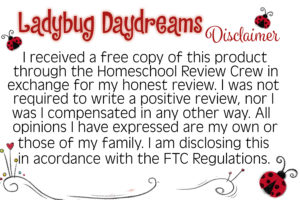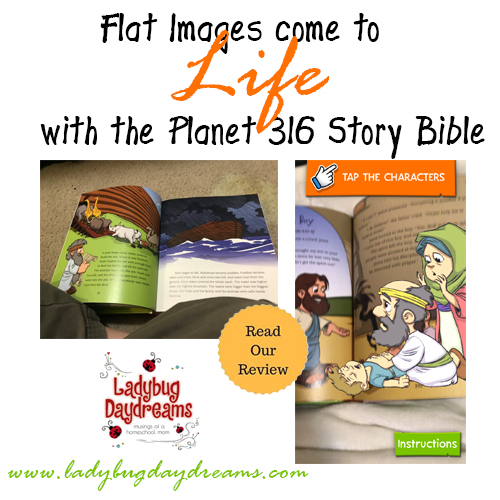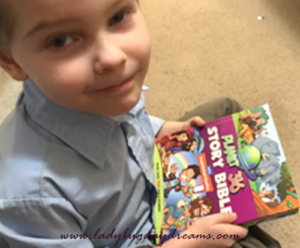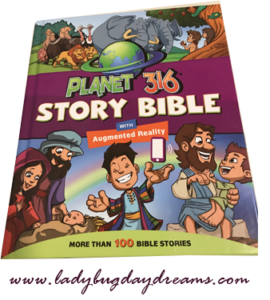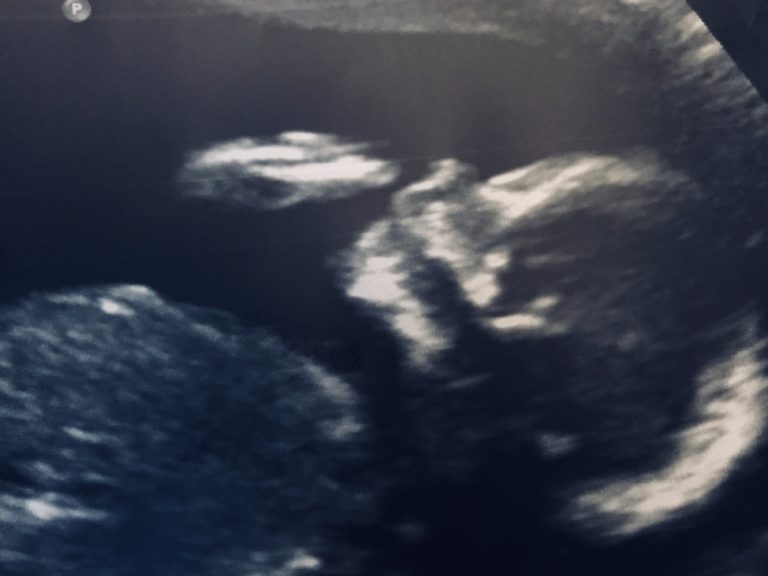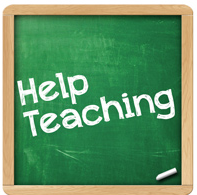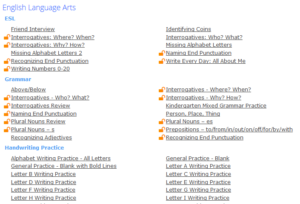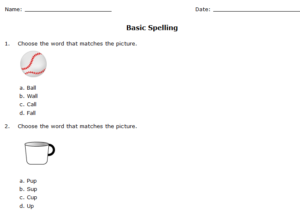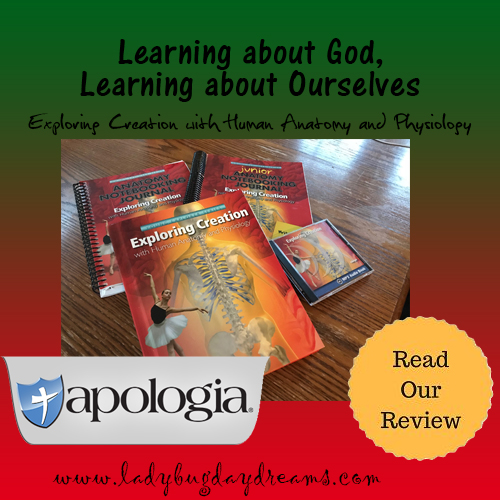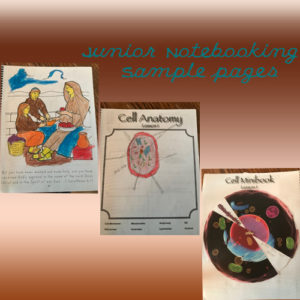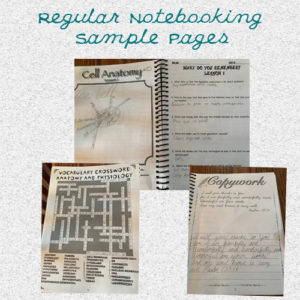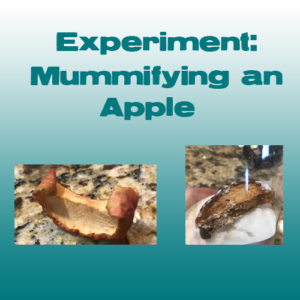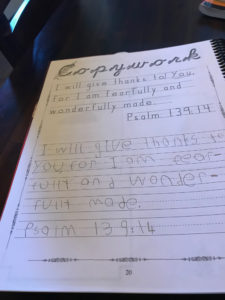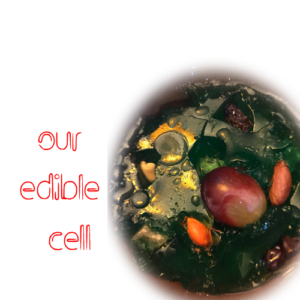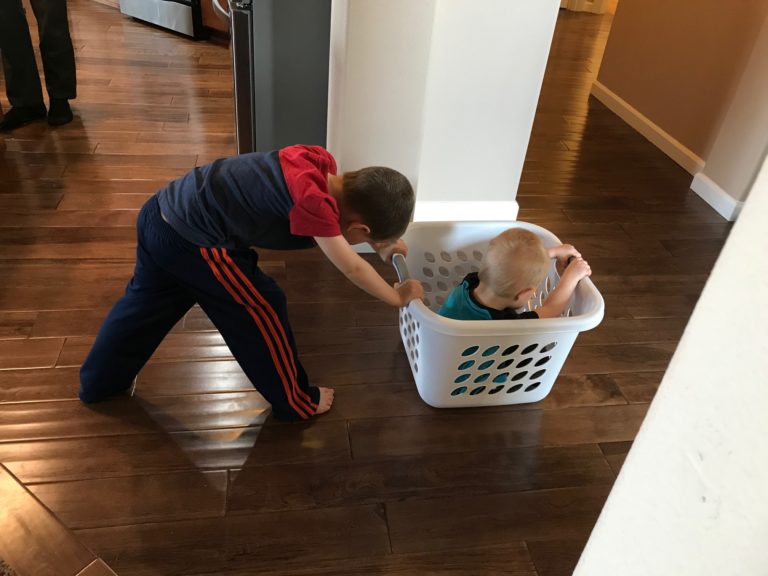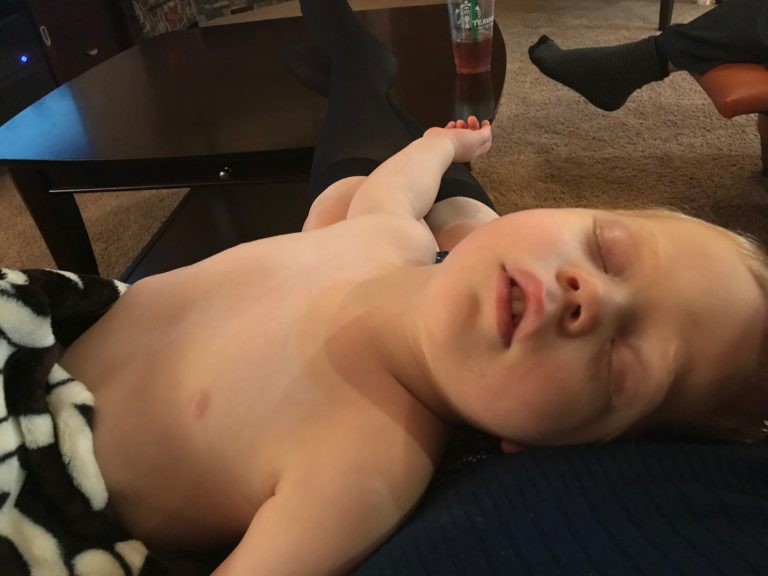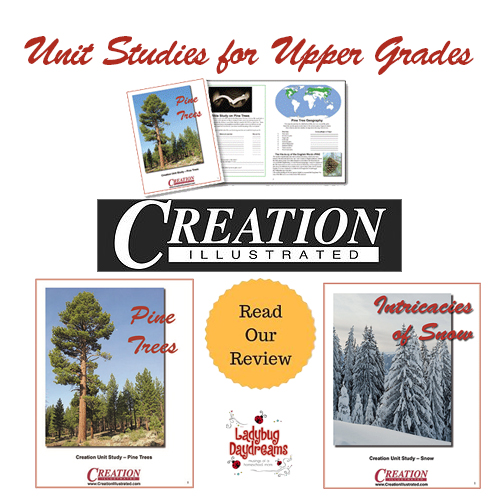Reading Biographies Together (YWAM review)
My older kids have always loved biographies. When they were early readers, that’s what they chose to read for fun most of the time. In fact, the first chapter book that Seahawk read on his own was called Stories of Great Americans for Little Americans. Will found it at an antique store for inexpensive, even though it was a first edition from 1805. Munchkin read it not long after Seahawk finished. Ever since then, both of them have been really fascinated by the lives of influential people. That’s why I always try to request one of the biographies from YWAM Publishing when they come up for review. Up to now, we’ve reviewed two books from their Christian Heroes: Then & Now series (CS Lewis and Jacob de Shazer); this time I requested Milton Hershey: More than Chocolate from the Heroes of History series. In addition to the book (written by Janet and Geoff Benge), we also were fortunate to receive the study guide in digital format.
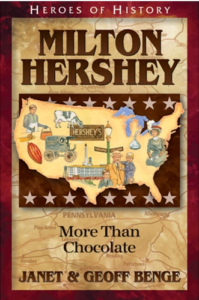 More than Chocolate tells the story of Milton Hershey, who – you guessed it – founded the Hershey chocolate company. It took him a long time to get to that point though, and the book starts well before the founding of the company. The opening chapter, as with all YWAM biographies (in our limited experience with them, anyway), is more like a prologue than a chapter. It tells a short, exciting story that will take place in more detail later in the book to get kids hooked. Chapter two goes back in time to where they want the biography to actually start. In the case of Hershey, this is to his childhood during the Civil War. The first scene is one wherein his uncles (mother’s brothers) come to where the family of three (his mother was pregnant at the time) back “home” because they thought his father was being irresponsible in his ventures to pan for gold while he had a family to take care of. Henry Hershey was given an ultimatum: he could come or stay, but either way his wife and son were going to be leaving.
More than Chocolate tells the story of Milton Hershey, who – you guessed it – founded the Hershey chocolate company. It took him a long time to get to that point though, and the book starts well before the founding of the company. The opening chapter, as with all YWAM biographies (in our limited experience with them, anyway), is more like a prologue than a chapter. It tells a short, exciting story that will take place in more detail later in the book to get kids hooked. Chapter two goes back in time to where they want the biography to actually start. In the case of Hershey, this is to his childhood during the Civil War. The first scene is one wherein his uncles (mother’s brothers) come to where the family of three (his mother was pregnant at the time) back “home” because they thought his father was being irresponsible in his ventures to pan for gold while he had a family to take care of. Henry Hershey was given an ultimatum: he could come or stay, but either way his wife and son were going to be leaving.
In their new city, his parents argued over whether Milton should go to school or not. His mother thought no, because her desires for him were to be a “good Mennonite farmer, husband, and father,” none of which required much formal education. But his father had bigger plans, and he won the argument to send 5-year-old Milton to school.
From this point on, the chapters surrounding his childhood fall quickly, and by the time you get to Chapter 6, Hershey is already making and selling sweets. The book takes you the highs and lows of his career and personal life, including the renaming of his childhood hometown in Pennsylvania (the one the uncles moved them to) from Derry Church to Hershey.
 Because YWAM biographies are written in such a personable way, they can often feel like fiction. This is good in that it helps to keep kids’ attention; it’s bad in that adults are left wondering “did things really happen this way?” For that reason, I appreciate that the authors include a bibliography at the end of each of their books. In the Jacob de Shazer book that we read last year, this included personal interviews with his wife and family besides the reference books. In the Hershey book, it’s a list of 5 other books that they used for research. Either way, it’s good to know that things aren’t being created for the sake of writing and selling books.
Because YWAM biographies are written in such a personable way, they can often feel like fiction. This is good in that it helps to keep kids’ attention; it’s bad in that adults are left wondering “did things really happen this way?” For that reason, I appreciate that the authors include a bibliography at the end of each of their books. In the Jacob de Shazer book that we read last year, this included personal interviews with his wife and family besides the reference books. In the Hershey book, it’s a list of 5 other books that they used for research. Either way, it’s good to know that things aren’t being created for the sake of writing and selling books.
The digital study guide is really more of a unit study preparation plan for parents and teachers. In its 71 pages, there is so much you could do to make the biography a huge project for your kids! The first section is a list of quotes that relate to the book in one way or another. It’s suggested that these could be used for memorization, to spark conversations as you ask your children to describe how and why they apply to Hershey’s life, or to make a piece of art displaying the quote. I’d like to add that they could also be used for copy work.
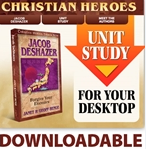 Next is ideas for making a large display that you continually add to as you read through the book. Part 3 is comprehension questions, which is the main part of the study guide that we used. I always have grand ambitions to do a complete unit study surrounding these biographies, but it rarely works out. The questions are good, though, since I read the book aloud to 3 of the boys (Seahawk, 14; Munchkin, 11; and Small Fry, 5) to help make sure they were paying attention. There are six questions for each chapter.
Next is ideas for making a large display that you continually add to as you read through the book. Part 3 is comprehension questions, which is the main part of the study guide that we used. I always have grand ambitions to do a complete unit study surrounding these biographies, but it rarely works out. The questions are good, though, since I read the book aloud to 3 of the boys (Seahawk, 14; Munchkin, 11; and Small Fry, 5) to help make sure they were paying attention. There are six questions for each chapter.
The Student Explorations chapter is the main “meat” of the study guide (if you’re doing more than just reading the book). It gives tons of ideas for turning the different aspects of Hershey’s life into larger learning opportunities, including essay questions/research topics, creative writing prompts, hands-on projects, audio/visual projects, and arts and crafts. There are many options in each of the categories.
The next section is all about planning a field trip or “community event.” It tells you the best ways to go about doing so to make sure your student(s) are prepared to really take in the activities of the event. This leads perfectly into the chapter after it, which is the Social Studies chapter. This covers geography (the places that are significant in the book as well as places Hershey traveled), vocabulary, timeline, and conceptual questions.
Chapter 7 offers more themes to explore, which can easily become huge projects for older kids. The final chapter is the “culminating event,” where students share what they learned, either through speech and recitation or written works, with others. This can be as casual (inviting the homeschooled kids next door over for an hour or two) to formal (a huge dinner with grandparents and friends) as you’d like. The main point is to showcase that your kids did a lot of work and learned a lot of stuff through this study, and everyone wants to share in that accomplishment with them.
Overall, we’ve really enjoyed this biography on Milton Hershey. I highly recommend any of YWAM’s books. Besides getting a great, kid-friendly biography, you’re also supporting a good company with a good mission when you purchase. Books typically cost between $7.50 and $9.99 apiece, depending on where you buy them. I’ve never seen them more than $7.50 directly from YWAM, but they’re often full price somewhere like Amazon.
Blessings,

